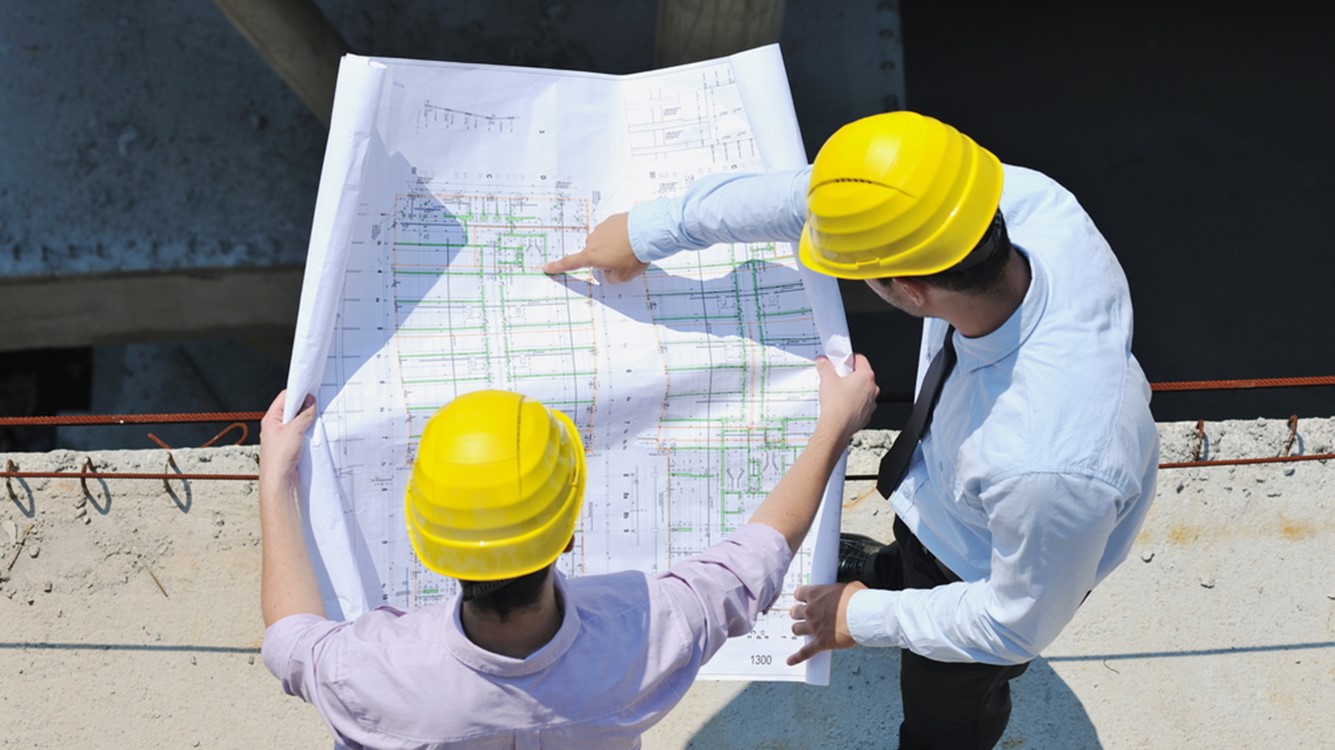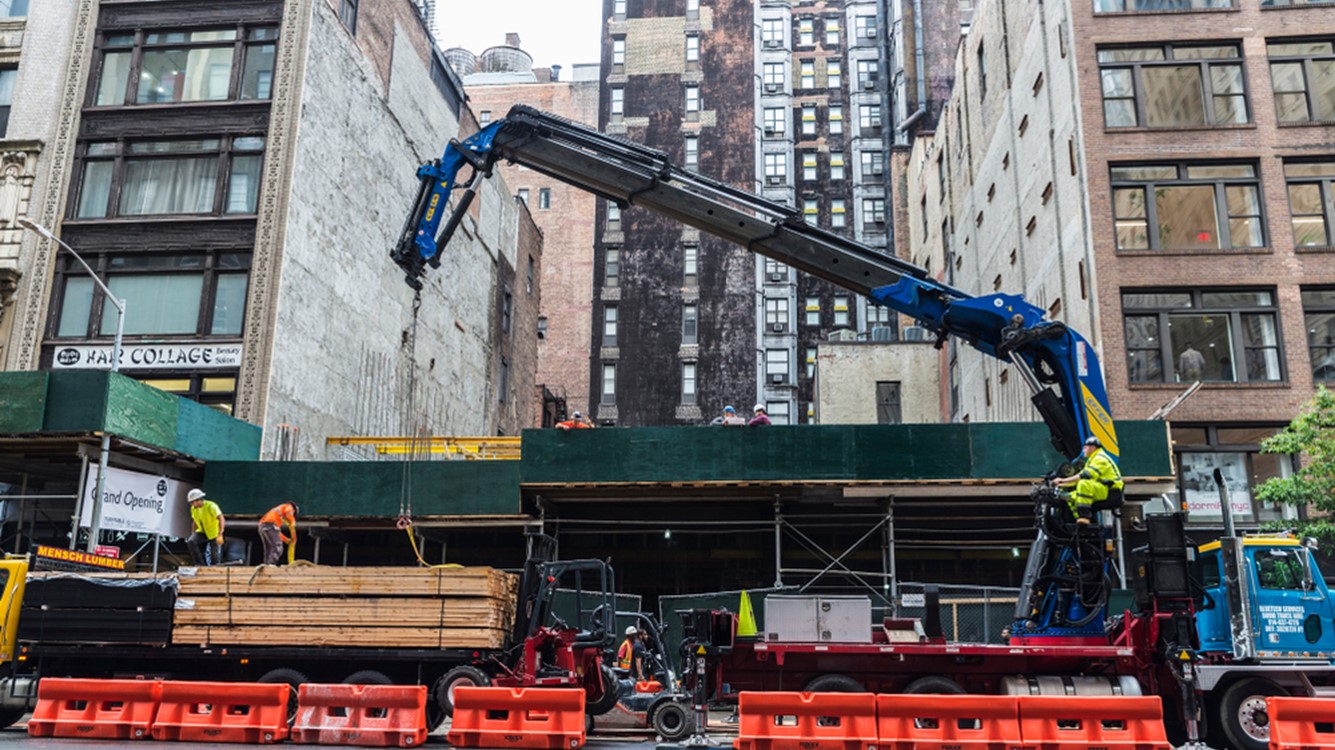Multifamily and single-family housing boosted construction spending for the year
Construction activity remains robust as strong demand for housing and infrastructure remain a tailwind for builders.

January 2, 2024
Construction spending slightly missed expectations but rose 0.4% in November from October’s upwardly revised data. Growth came from the private sector, which slightly offset the drop in public construction spending. Spending has risen for eleven consecutive months and is 11.3% stronger than a year ago. Data are not adjusted for inflation; the producer price index for construction inputs in November showed prices fell by 0.2% on an annual basis.
Private residential construction spending jumped 1.1% from the prior month and is 3.7% higher from a year ago. Strength in spending came from single-family home construction, which was up 2.9% on the month. Multifamily construction eked out a 0.1% gain in the month but was still up 13.6% compared to a year ago as multifamily projects currently under construction remain near record highs. November was the first month in over a year when single-family construction spending rose compared to the year prior.
Builders have become more positive about the single-family market as mortgage rates have come down from recent peaks and revived buyers’ interests. Significant shortages in the resale market have provided a boost for builders. Permits for single-family homes, an indicator of future building activity, were up 23% on an annual basis in November. More single-family construction is expected in 2024 as mortgage rates remain below 7%.
Private nonresidential construction spending rose 0.2% in November as spending on hotels, commercial, communication, amusement and religious structures dragged down overall spending. Manufacturing construction, which has been on a tear since significant federal investment was announced in 2022, rose another 0.5% in the month, bringing the total spend to $209 billion, more than double the spend from two years ago. Most of the investment is flowing into computer, electronic and electrical manufacturing construction.
Public construction spending dropped 0.7% in November with all levels of government (federal, state and local) slowing their spending during the month. Nearly all components of public spending were down or flat on the month, but spending remained 16.2% higher than a year ago. Investments in power, water, sewage and highway infrastructure experienced the largest annual gains. Renewed private investment in infrastructure requires a resilient grid in the communities where the investments are being made.
Spending is expected to end the year on a high, with lower mortgage rates helping revive activity in the housing market.
Yelena Maleyev, KPMG Senior Economist
Bottom Line
Construction activity remains robust as strong demand for housing and infrastructure remain a tailwind for builders. Spending is expected to end the year on a high, with lower mortgage rates helping revive activity in the housing market. Challenges in 2024 include labor shortages, some material shortages (such as electrical equipment) and high interest rates in the first half of the year.
Explore more

Construction spending chalked up gains in October
The strength came from single-family home construction.

KPMG Economics
A source for unbiased economic intelligence to help improve strategic decision-making.

Housing starts hit 6-month high
Supply of newly built homes available for sale has gained a larger share of the market.
Subscribe to insights from KPMG Economics
KPMG Economics distributes a wide selection of insight and analysis to help businesses make informed decisions.
Meet our team

